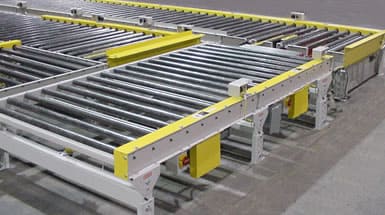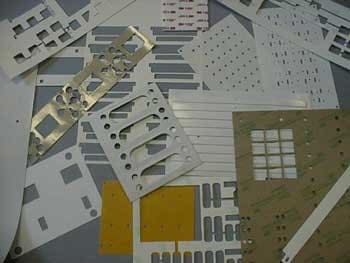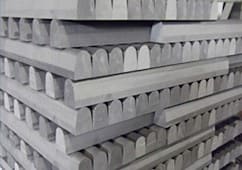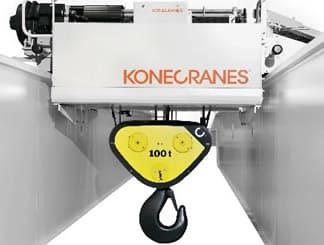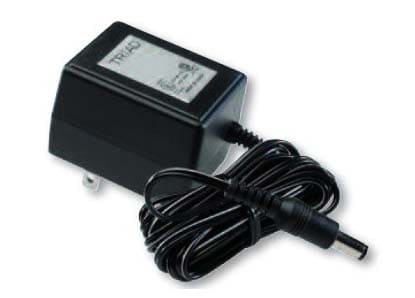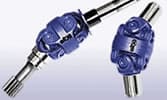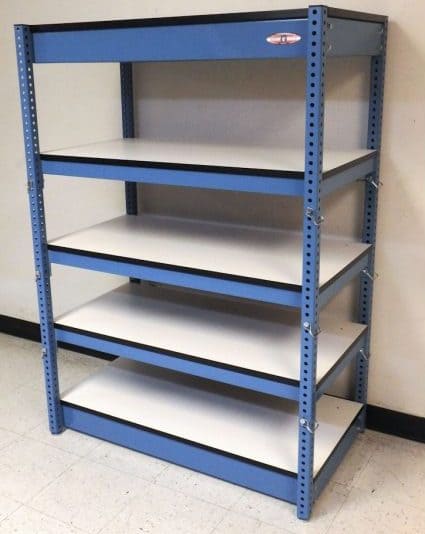In every manufacturing endeavor, a symphony of interconnected functions harmonizes to ensure seamless production and efficient product flow, whether for immediate sale or subsequent processing. These operations encompass pre-production tasks through to post-sales support, each indispensable to sustaining uninterrupted manufacturing.
Central to this orchestration are the often-overlooked supplies and auxiliary materials, seemingly minor yet pivotal in facilitating the smooth transition of every component. These behind-the-scenes roles remain inconspicuous until any delay or mishap disrupts their critical path.
When these elements fail to synchronize, production risks deceleration or even grinding to a costly halt, potentially cascading disruptions throughout the supply chain. To mitigate such risks, supply chain managers rigorously monitor and optimize the flow and logistics of essential supplies.
Identifying potential supply chain disruptions begins with a meticulous examination of each facet of the process, encompassing everything from electrical components and conveyance systems to storage methodologies and materials handling. Robust fail-safes are typically integrated throughout industrial operations to preempt and manage any deviations.
Often overlooked yet crucial, these ancillary components play a supporting role in the larger production framework. Something as seemingly insignificant as a hydraulic cylinder, lift mechanism, or motor malfunction can swiftly disrupt operations, thwarting timely fulfillment. Hence, comprehensive comprehension of every facet of an industry's essential supplies and components is paramount.
A significant challenge lies in tailoring supply strategies to meet the distinct requirements of various operations and industries. For instance, while the garment sector seldom necessitates 55-gallon drums, shelving units, conveyance systems, and specialized packaging equipment are indispensable. Understanding these specific needs ensures efficient and uninterrupted production flow.
The essence of product design and development extends well beyond mere production, encompassing the seamless integration of vital support supplies essential for continuous and efficient manufacturing processes. While CNC machining might appear self-sufficient, the intricate nature of these machines demands vigilant oversight of metal inputs, power transmission methods, and a spectrum of electronic components, both small and large.
Effective management and coordination of plant and facility supplies constitute an ongoing endeavor demanding meticulous attention to inventory levels and anticipated material requirements. This comprehensive monitoring and supervision regimen is essential to forestall disruptions or costly production halts.
The supply chain remains the most challenging aspect of manufacturing operations to monitor, necessitating significant time and effort investment. Given the imperative nature of maintaining a readily accessible and well-stocked inventory, precisely this critical component often proves most frustrating and prone to causing delays.

